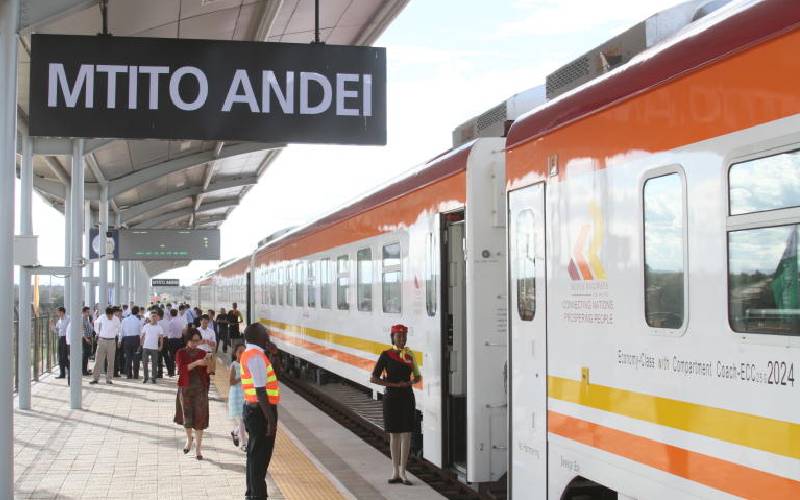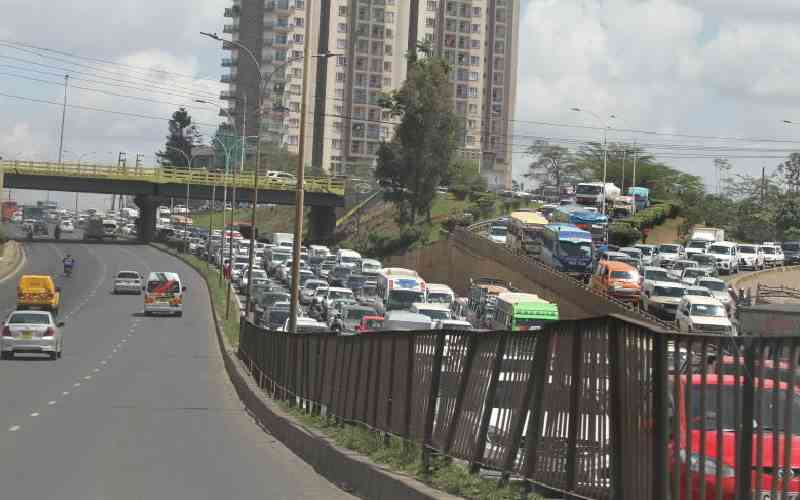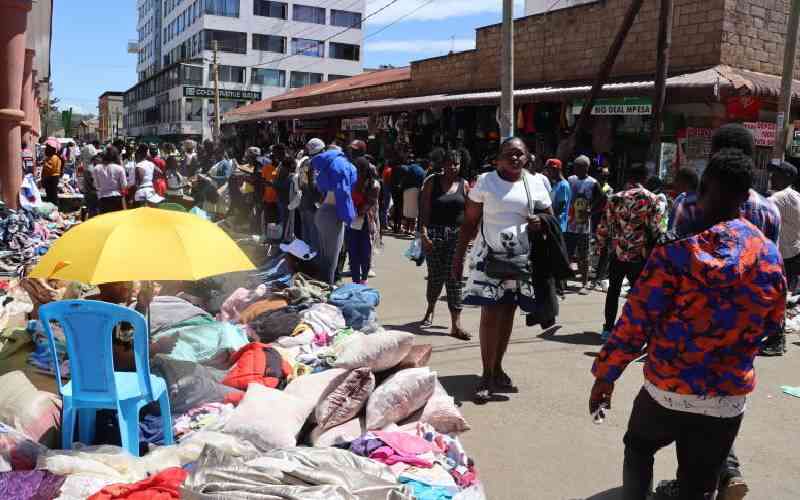
Mtito Andei is a popular stopover along the Nairobi-Mombasa highway where travellers take a health break.
On a normal day, it is common for bus and truck drivers to pause at the town that traces its origin back to the slave trade era.
Many travellers attest that they prefer stopping at Mtito Andei to sample food there while for others, it is the time to enjoy flora and fauna at the nearby Tsavo West National Park.
For long-distance truck drivers, it is the ideal location to be at night when the town finally springs to full life.
In the local Kikamba dialect, Mtito Andei means a place of vultures.
During the epoch of slave trade, merchants abandoned sick and weak slaves in open camps at this place.
Those who died were devoured by vultures since there was nobody to bury them.
They died due to illness, exhaustion and hunger.
Subsequent studies have shown that three out of four slaves died before reaching the market where they were to be sold.
Known as the East African slave trade, the slaves were sent to North Africa, Middle East, India and later America.
The trade was outlawed following pressure from missionaries, abolitionists and Britain.
Meanwhile, Mtito Andei has grudgingly forgotten its dark past and grown into a promising trade centre where apart from being a transport hub, it is a tourist attraction site and plans are in place to establish an industrial park there.
When the Kenya-Uganda railway was being laid, it became the construction centre.
At that time, Mtito Andei was known for the infamous lions that attacked railway workers - man eaters of Tsavo.
The lion-infested place has now turned into a booming economic centre. Immigration into the area and rest facilities for highway travellers have spurred development activities.
Mineral prospectors too have been flocking to Mtito Andei in search of asbestos, magnetite, graphite, magnesite and mica deposits believed to exist in the area.
 The Standard Group Plc is a multi-media organization with investments in media platforms spanning newspaper print
operations, television, radio broadcasting, digital and online services. The Standard Group is recognized as a
leading multi-media house in Kenya with a key influence in matters of national and international interest.
The Standard Group Plc is a multi-media organization with investments in media platforms spanning newspaper print
operations, television, radio broadcasting, digital and online services. The Standard Group is recognized as a
leading multi-media house in Kenya with a key influence in matters of national and international interest.











